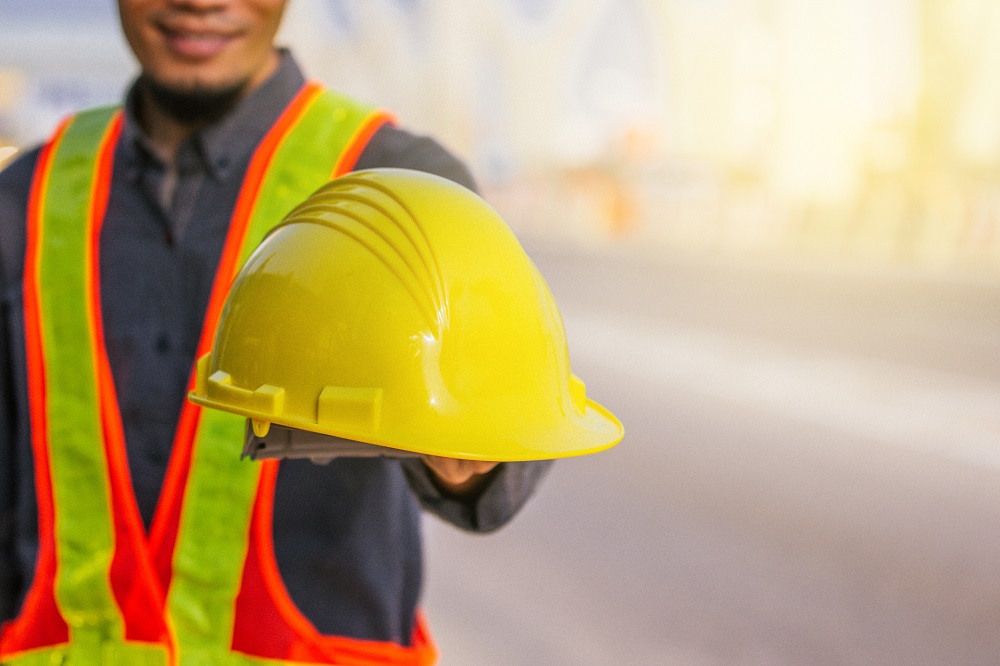When it comes to managing potential hazards and uncertainties, organizations across industries rely on various risk assessment methodologies and tools to evaluate and mitigate risks. These assessments play a key role in minimizing accidents, injuries and illnesses at the workplace. In this blog, we will explore various types of risk assessments, shedding light on their methodologies, significance and applications.
Understanding Health and Safety Risk Assessments
Health and safety risk assessments are systematic evaluations conducted to identify, assess and mitigate potential hazards and risks within a workplace or environment. They aim to safeguard the well-being of employees, visitors, and the public by examining various factors such as equipment, processes, procedures and environmental conditions.
These assessments involve hazard identification, risk evaluation and the implementation of control measures to minimize the likelihood of accidents, injuries or illnesses. Health and safety risk assessments are essential in compliance with regulations, ensuring a safe work environment and promoting responsible practices that prioritize the health and safety of individuals in various settings.
To read about the 5 fundamental elements of a risk assessment process, click here.
Types of Risk Assessments
Now, with that understanding, let us look into the different types of risk assessments used across industries:
Quantitative Risk Analysis (QRA)
Quantitative Risk Analysis, commonly referred to as QRA, is a comprehensive method for evaluating risks in a systematic and numerical manner. This approach involves meticulous data collection and mathematical modeling to assess the likelihood and impact of various risks. By employing advanced statistical techniques, organizations can assign numerical values to potential hazards, enabling more informed decision-making.
One of the key components of QRA is the risk assessment matrix, a valuable tool that visually represents the relationship between risk severity and likelihood. This matrix aids in prioritizing risks and allocating resources efficiently. The QRA process provides organizations with quantitative insights into potential vulnerabilities, making it a valuable asset for risk management.
Qualitative Risk Analysis (QLRA)
In contrast to QRA, Qualitative Risk Analysis (QLRA) offers a more subjective yet valuable perspective on risk assessment. This approach involves expert judgment and relies on the experience and intuition of professionals. QLRA is particularly useful when limited data is available or when dealing with emerging risks.
Hazard identification and risk assessment, fundamental steps in the QLRA process, involve identifying potential hazards and evaluating their impact qualitatively. While QLRA may not provide precise numerical values, it offers a comprehensive understanding of the broader risk landscape, making it an essential component of a well-rounded risk management strategy.
Semi-Quantitative
Semi-quantitative risk assessments are sometimes produced by organizations by combining the aforementioned approaches. With this method, organizations will assign a numerical risk value using a scale, such as 1-10 or 1-100. Risky items are categorized as low, medium, and high risk depending on where they fall on the risk scale.
While delivering more analytical assessments than the latter, combining quantitative and qualitative techniques avoids the laborious probability and asset-value computations of the earlier. Semi-quantitative techniques can be more objective and offer a solid foundation for ranking risk factors in order of importance.
The HAZOP Methodology
Thereafter, the Hazard and Operability study, commonly known as HAZOP, is a specialized risk assessment methodology widely employed in industries such as chemical manufacturing and process engineering. HAZOP focuses on systematically identifying potential hazards by scrutinizing every aspect of a system or process.
The HAZOP process involves a team of experts who meticulously examine various parameters and deviations from the norm. This method not only highlights potential risks but also suggests mitigation strategies, enhancing safety and reliability in complex systems.
Job Safety Analysis (JSA)
Job Safety Analysis, often referred to as a Job Hazard Analysis (JHA), is a method used to assess and mitigate risks associated with specific tasks or jobs. It involves selecting a specific job or task, breaking it down into individual steps, and identifying potential hazards for each step. Next, the severity and likelihood of these hazards are assessed, and control measures are developed and implemented. This entire process is documented and shared with workers to ensure their awareness and safety.
In essence, this method ensures that workers are aware of potential risks associated with their tasks and empowers them to take necessary precautions. It’s particularly valuable in industries with repetitive or hazardous tasks, such as construction or manufacturing.
Failure Modes and Effects Analysis (FMEA)
In product design and manufacturing, the Failure Modes and Effects Analysis (FMEA) approach is indispensable. It’s a valuable risk assessment tool for industries where product failure could have severe consequences.
This structured method aims to identify and prioritize potential failure modes in a product or process. FMEA assesses the severity, likelihood, and detectability of each failure mode to determine its overall risk. By employing FMEA, organizations can proactively address weaknesses, improve product quality, and enhance overall reliability.
Environmental Impact Assessment (EIA)
Another type of risk assessment methodology is environmental impact assessment – it is a vital process for projects with potentially significant environmental implications, like infrastructure development or industrial expansion. It encompasses several key steps, starting with scoping, where potential environmental impacts are identified, including factors like air and water quality, wildlife habitats, and natural resources.
Baseline data collection involves assessing existing environmental conditions accurately. Next, impact prediction relies on models and assessments to foresee the project’s environmental effects. Thereafter, strategies are developed to mitigate adverse impacts or offer compensation. Finally, monitoring programs are implemented to track environmental changes throughout and after the project, ensuring compliance with regulatory requirements and minimal environmental impact.
Safety Integrity Level (SIL) Assessment
SIL assessment is particularly relevant in industries where safety-critical systems are employed, such as chemical processing or power generation. This assessment involves 4 key steps: identifying safety functions, assessing risk reduction, assigning SIL ratings and verifying compliance. Safety integrity level assessments help ensure that safety-critical systems are designed and maintained to the highest safety standards.
To learn how data-driven supply chains are shaping the future, read this.
How to Choose a Risk Assessment Methodology for Your Business
Selecting the most appropriate health and safety risk assessment methodology necessitates several considerations. Firstly, evaluate the nature of the work or activities being assessed, as different methodologies are better suited to specific types of tasks. Secondly, take into account the availability of experienced personnel who can effectively implement the chosen methodology. Thirdly, ensure alignment with relevant regulatory requirements and industry standards.
Additionally, consider the availability of resources, including time, budget and technology, as these can impact the feasibility of a particular methodology. Examining the methodology’s past success in similar contexts or industries is also valuable. The complexity and potential severity of the risks involved should also guide your decision, as some methodologies excel in handling intricate situations.
Lastly, involving relevant stakeholders in the decision-making process ensures their input is considered, fostering buy-in for the selected methodology. Ultimately, the best methodology is the one that aligns most closely with the organization’s unique needs, circumstances and the specific risks under assessment.
Conclusion
Health and safety risk assessments are indispensable tools in various industries and settings. Whether it’s protecting workers in a manufacturing plant, minimizing the environmental impacts of a construction project, or managing risks in financial investments, the right type of risk assessment is essential. Understanding the diverse landscape of risk assessment methods empowers organizations to make informed decisions, enhance safety, and promote responsible practices.
By selecting the most suitable risk assessment methodology and utilizing the right risk assessment tools, organizations can enhance safety, reduce vulnerabilities, and improve overall resilience in the face of potential hazards and uncertainties.
About VisiumKMS
At VisiumKMS, we are committed to staying ahead of the curve. Our process safety management software helps companies maintain all their process safety information in one system, using best-in-class, standardized workflows developed by industry experts! To discuss your needs with one of our experts, schedule a call with us here.


